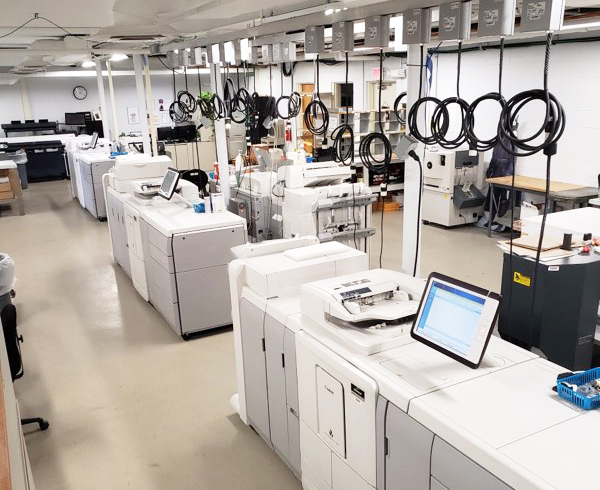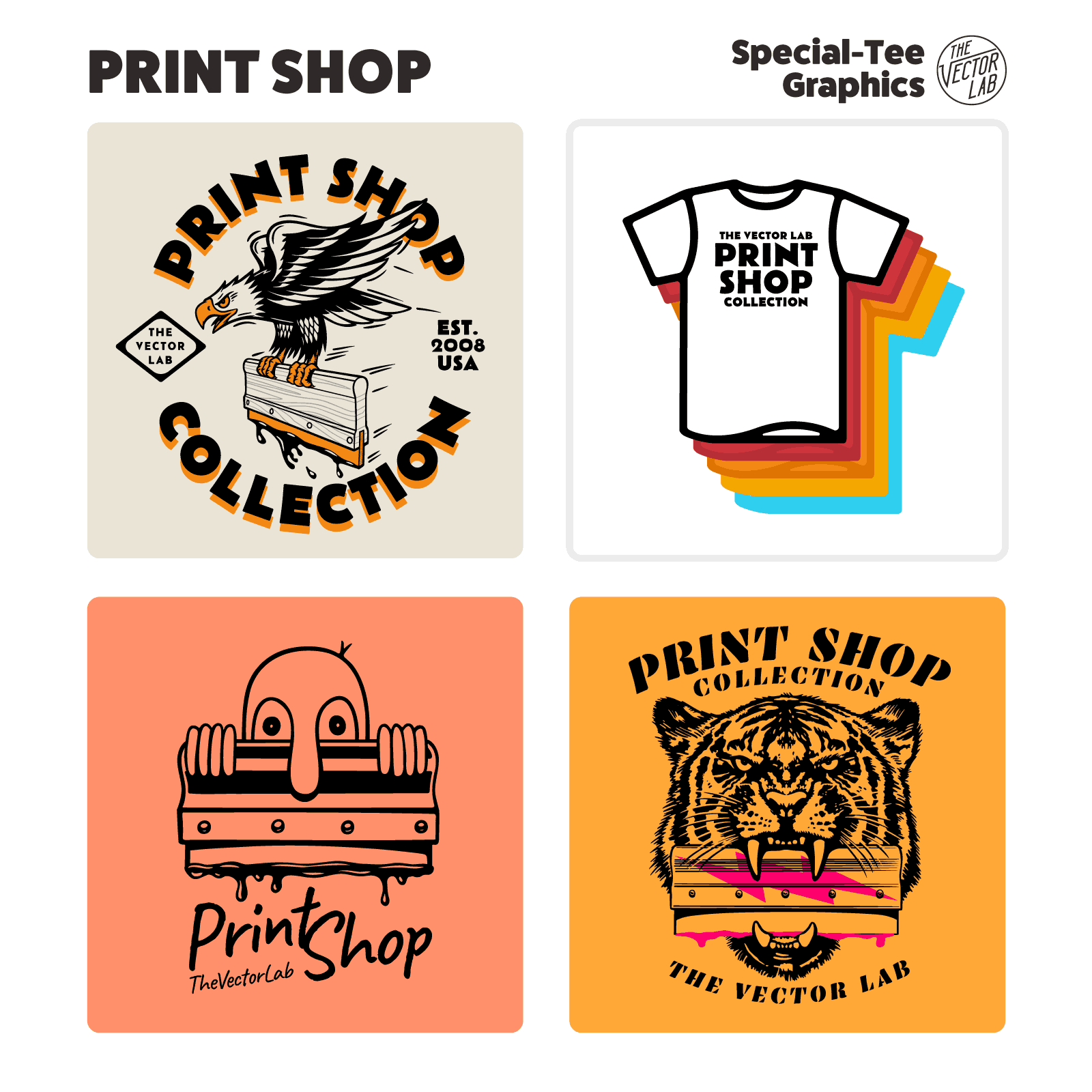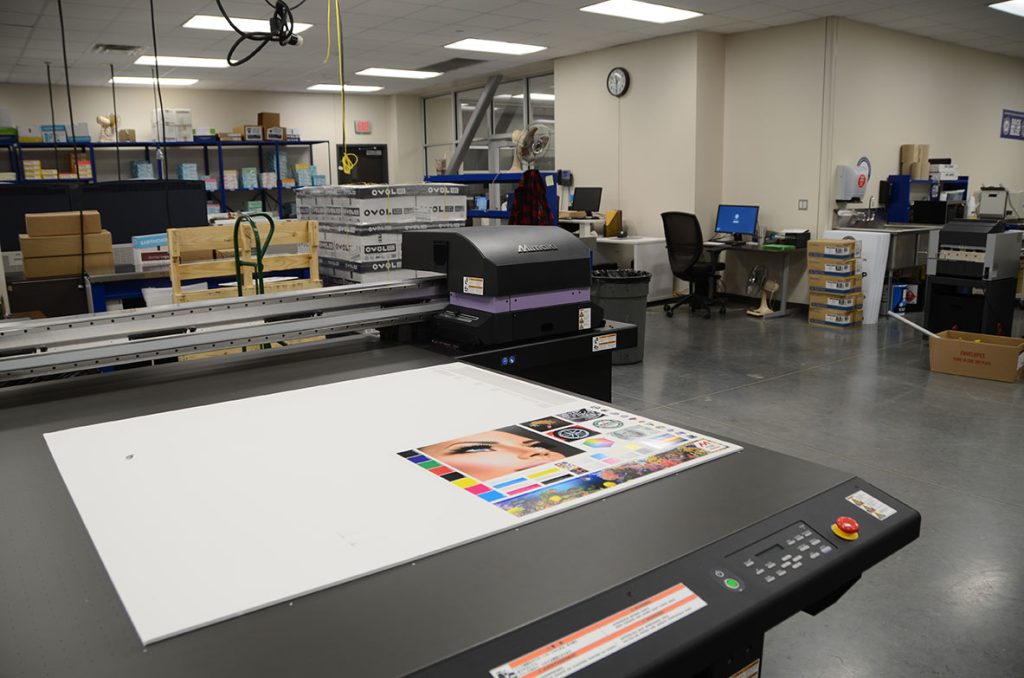The Ultimate Guide to Using Printing Solutions for Personalized Art Prints
Steering via the globe of personalized art prints needs a clear understanding of different printing services. Musicians need to consider factors such as printing strategies and materials to attain the desired result. Each choice, from artwork prep work to color calibration, plays a vital role in the end product. As they discover these aspects, artists can disclose the potential for their job to connect with audiences in a purposeful way. What actions can they require to guarantee their prints stand out?
Recognizing Different Sorts Of Printing Providers
Although many people may forget the intricacies of printing services, understanding the various types offered is essential for any individual looking to produce personalized art prints. One of the most common types include electronic printing, offset printing, and screen printing. Digital printing is favored for its quick turn-around and capacity to generate top quality pictures directly from digital documents, making it perfect for tiny runs. On the other hand, offset printing offers premium image high quality and is affordable for larger amounts, utilizing plates to move ink onto paper. Screen printing, often used for textiles and advertising things, includes pressing ink with a mesh display, permitting vivid shades and appearances. Each approach has its distinct benefits and limitations, making it vital for musicians and developers to evaluate their particular needs, such as amount, wanted top quality, and budget plan, prior to picking a printing solution that aligns with their creative vision.
Picking the Right Products for Your Prints
Choosing the appropriate materials is crucial for attaining high-quality personalized art prints. Comprehending the numerous sorts of paper and the significance of ink top quality can significantly influence the result. Musicians must take into consideration these elements to ensure their vision is properly represented in the published piece.
Paper Kind Explained
Selecting the right paper type is vital for achieving the wanted aesthetic and resilience in personalized art prints. Different alternatives exist, each offering unique features. Glossy paper boosts shade vibrancy and information, making it optimal for photography prints. On the other hand, matte paper supplies a softer finish, which is more suitable for art work that needs nuance and structure. Great art paper, commonly made from cotton or alpha cellulose, provides archival high quality and appropriates for reproducing intricate details in paintings (Print Shop Near Me). Furthermore, specialty documents, such as watercolor or canvas, can include special aesthetic results. Ultimately, choosing the ideal paper type will considerably affect the final presentation, ensuring that the art work is both durable and visually attractive
Ink Quality Matters
Ink top quality plays an essential function in the total success of custom-made art prints. Top quality inks assure lively colors, sharp details, and long life, which are important for showcasing imaginative job. When choosing printing solutions, artists must think about pigment-based inks over dye-based alternatives, as they offer better discolor resistance and color stability. Additionally, the choice of ink should enhance the chosen paper type, improving the print's visual impact. Ecological variables, such as moisture and temperature level, can likewise impact ink performance; for that reason, artists ought to inquire regarding ink solutions that stand up to these elements. Ultimately, investing in superior ink top quality can boost the final product, guaranteeing that the art print holds to the musician's vision for years to find.
Discovering Printing Methods: Digital vs. Typical
While both digital and conventional printing methods have their unique benefits, the decision on which method to make use of usually rests on the particular needs of the artwork. Digital printing masters flexibility and speed, allowing for quick turn-around times and the capability to print as needed. This technique is particularly beneficial for musicians who need special pieces or little runs, as it gets rid of the demand for considerable setup processes.Conversely, conventional printing strategies, such as lithography and display printing, commonly create richer colors and appearances, appealing to musicians looking for a more genuine and tactile surface. These techniques can improve the depth and top quality of the artwork, making them suitable for bigger versions. Furthermore, typical techniques might supply a distinctive aesthetic that digital printing in some cases has a hard time to reproduce. Eventually, the option between these methods ought to think about variables like desired high quality, amount, and creative intent, directing musicians to the most appropriate choice for their tasks.

Preparing Your Artwork for Printing
Effectively preparing art work for printing calls for careful attention to detail, no matter the selected printing method. Musicians should ensure that their documents are produced at the proper resolution, typically 300 DPI, to maintain intensity and clearness. The right color setting, typically CMYK for print, is important to achieve the wanted shade accuracy. Artists must also take into consideration the measurements of the art work, making certain to consist of hemorrhage areas if needed, to avoid any type of unwanted white sides after trimming.Additionally, file layouts play an important role; TIFF and PDF are frequently chosen for top notch prints. Before submission, it is essential to assess the artwork for any type of flaws or undesirable components. By meticulously inspecting these facets, musicians can boost the likelihood of their prints aligning with their imaginative vision, inevitably causing an effective printing end result.
The Importance of Color Calibration and Proofing
Shade calibration and proofing are important steps in the printing procedure, as my explanation they assure that the last output accurately reflects the artist's vision. Appropriate color calibration guarantees that the colors showed on the display match those that will be published. This procedure entails readjusting the display setups, printer accounts, and inks to attain a regular shade representation.Additionally, proofing permits artists to preview their job before the final print run. This stage allows them to discover and remedy any kind of discrepancies in shade, detail, or saturation, thus lessening costly errors. By utilizing hard-copy or digital evidence, artists can make informed decisions concerning modifications required for optimal results.Incorporating color calibration and proofing into the printing operations not only improves the top quality of the end product however additionally promotes a trusted partnership between the musician and the printing solution, assuring satisfaction and integrity to the initial art work.
Picking the Perfect Size and Format for Your Prints

Advertising and marketing and Selling Your Customized Art Prints
Advertising and selling custom-made art prints requires a solid brand identity to attract attention in an affordable market. Effective on-line promotion strategies and the critical use social media sites platforms can substantially improve presence and interaction. By integrating these components, artists can create a compelling existence that attracts prospective customers.
Building Your Brand Name Identification
Establishing a strong brand name identification is crucial for artists looking to successfully market and offer their custom-made art prints. This identification incorporates the musician's one-of-a-kind design, values, and tale, which resonate with potential purchasers. Musicians need to create a cohesive visual existence throughout all systems, consisting of logo designs, color schemes, and typography that mirror their artistic vision. Additionally, a clear mission statement helps interact the musician's function and enthusiasm. Involving narration concerning the inspiration behind each item can cultivate psychological links with the target market. Uniformity in messaging, whether on social networks or packaging, improves recognition and depend on. By meticulously curating their brand name identity, artists can separate themselves in an open market, attracting faithful clients that value their artistry.
Reliable Online Promotion Approaches
What methods can artists employ to efficiently promote their customized art prints online? Initially, developing a professional internet site showcasing the art work is necessary. This site Recommended Reading ought to include top quality images and thorough summaries to involve prospective purchasers. In addition, musicians can utilize e-mail advertising by building a client list to share updates, promotions, and new launches. Working together with bloggers and influencers in the art area can broaden reach and reputation. Using exclusive items or limited-time discount rates can additionally produce necessity, encouraging acquisitions. Additionally, maximizing material for search engines with relevant keyword phrases will enhance presence. Lastly, keeping a blog regarding the imaginative process can draw in art fanatics, cultivating a deeper connection with the target market and enhancing the general marketing technique.
Using Social Media Platforms
Social media site systems function as effective tools for musicians aiming to market and sell their custom art prints. By leveraging platforms like Instagram, Facebook, and Pinterest, artists can showcase their work to a large audience. Engaging visuals and calculated hashtags can boost presence, attracting potential buyers to their accounts. Regularly publishing material, such as behind the curtain procedures or brand-new layouts, helps preserve target market passion and promotes a feeling of neighborhood. Furthermore, musicians can utilize targeted advertising to get to particular demographics, improving the possibilities of sales. Cooperations with influencers or other musicians can further magnify direct exposure. Eventually, a well-curated social networks presence not only advertises custom art prints yet likewise builds a loyal client base in time.
Frequently Asked Questions

Just how Do I Find Trusted Printing Service Providers?
To locate trusted printing company, one ought to research on the internet testimonials, seek suggestions from peers, compare profiles, demand examples, and assess customer support responsiveness. This complete approach guarantees informed choices and adequate outcomes.
What Is the Normal Turn-around Time for Custom Prints?
The typical turn-around time for personalized prints differs by service provider, however generally ranges from a few days to 2 weeks. Factors influencing this consist of order dimension, intricacy, and the specific printing methods made use of.
Can I Get a Reimbursement if I'm Not Completely satisfied With My Prints?
The question of acquiring a refund for poor prints commonly depends upon the particular printing service's policies. Numerous business use fulfillment warranties, while others might have strict return conditions, highlighting the importance of evaluating terms in advance.
Exist Any Hidden Prices Associated With Printing Providers?
Lots of printing solutions might include hidden costs such as configuration charges, shipping costs, or added fees for certain products. It's vital for consumers to ask about all possible expenditures prior to completing their order.
Exactly How Can I Ensure My Prints Are Ecologically Pleasant?
To ensure prints are environmentally friendly, one ought to select eco-friendly inks, recycled paper, and sustainable printing methods. Looking into printing solutions that focus on sustainability and obtaining certifications can additionally assure very little ecological effect in the printing process. Steering through the globe of custom-made art prints needs a clear understanding of different printing solutions. Lots of individuals may neglect the complexities of printing services, comprehending the different types available is vital for any person looking to produce custom-made art prints. The most common types include digital printing, balance out printing, and display printing. Efficiently preparing art work for printing requires careful interest to detail, no matter of the chosen printing strategy. Prints intended at galleries may require typical sizes to promote framework, whereas unique layouts might appeal to collectors looking for something distinctive.Lastly, the printing solution's abilities should be reviewed.